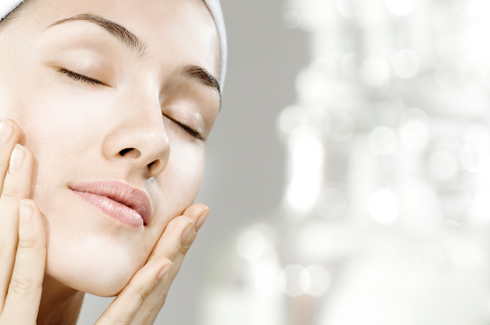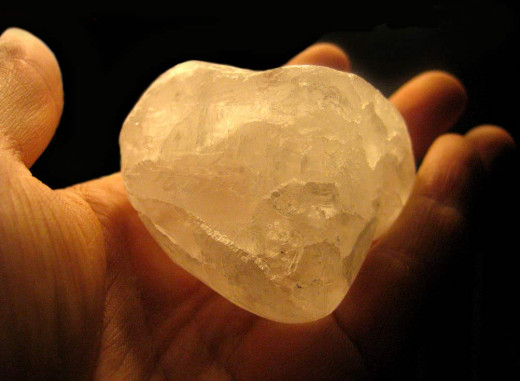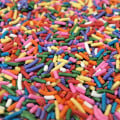Principles Of Therapeutics In Dermatology And Their Health Significance In Treating Skin Disorders
Applying Soothing Agents On The Skin

Introduction
Locally applied drugs as well as systemic drugs are employed for the treatment of dermatological diseases. The fact that locally applied drugs exert their action in addition to systemic drugs is an added advantage. Many disorders respond to local therapy, some require a combination of local and systemic therapy. In a limited number of cases, surgical as well as electrosurgical measures may also be necessary.
Hot Cold Compress

Alum Crystal: An Astrigent

Local Therapy
The advantages of local therapy are:
- Achievement of a high concentration of the drug at the site of the lesion, which is not generally obtainable by systemic therapy,
- Freedom from serious adverse side effects; and
- Even drugs which cannot be administered systemically can be given locally. Though drugs applied over the skin are not absorbed significantly, systemic toxicity becomes a problem with many drugs, especially if applied over extensive raw areas for prolonged periods.
Modes of local therapy (Compresses, soaks and baths): These help in mechanically removing the exudates, poorly formed crusts, tissue debris, remnants of previously applied medicines etc. The absorption of a drug from the local site is facilitated if it is administered after applying compresses, soaks or baths. Compresses and soaks are given for localized lesions, whereas, baths are given for more extensive and generalized disorders.
Potassium permanganate, sodium chloride, liquor, picis carbonis, icthyol or sodium bicarbonate are added to the compresses, soaks and baths to enhance their therapeutic value.
Vehicle or base: for local applications, the active ingredients are dissolved or suspended in a vehicle called the base, the main function of which is to keep the ingredients in contact with the lesion. The base is selected according to the type and location of the lesion and also the solubility and compatibility of the active ingredients with the base. Commonly used vehicles are water, glycerine, alcohol, cream, petrolactum and talcum.
Astrigents: These are agents which when applied on raw areas of the skin, react with tissue proteins to form a protective covering on the surface. They help in reducing the pain. Liquor aluminium acetate, luquor plumbi sub-acetate and silver nitrate are commonly used astringents.
Soothing agents: These are applied to relieve pain, burning and pruritis, generally associated with inflammation of the skin. Alleviation of these symptoms is achieved by the evaporation of the water component of the medication which produces a cooling effect and vasoconstriction. All aquous preparations can act as soothing agents, eg, calamine lotion and cream.
Emollients: These form a thin greasy layer over the surface of the skin and prevent evaporation of water from the stratum corneum. Vaseline, oils, cream and glycerine are the commonly used emollients.
A vehicle or base, astringents, soothing agents and emollients are not the only modes of local therapy applications as we have more which would be discussed in the next hub. Just go down the slide and click on the next hub to continue this 2-part series about dermatological therapies.
© 2014 Funom Theophilus Makama








